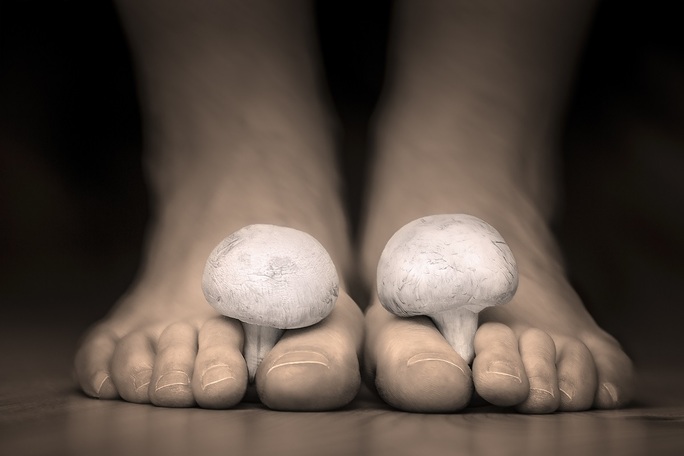1. Swimming pools
Some studies show that many people unknowingly contract toenail fungus infections via swimming pools and other related facilities. Naturally, dermatophytes such as Microsporum, Trichophyton and Epidermophyton, which cause toenail infections, are found in warm and humid environments. Thus, people who visit the swimming pools are more likely to come into contact with the organisms. When they enter into contact with keratin surfaces, dermatophytes may get attached especially if the conditions are suitable. Later, the fungi penetrate and start to feed on the surface of the toenail and nail bed subsequently leading to infection.
2. Gyms and Nail Spas
People who get pedicures from nail salons that don't disinfect their tools appropriately are more at risk for contracting toenail fungus. Tools, such as nail clippers and emery boards can spread fungal infections from one person to another. Gyms are also harbors of fungus because of the hot and sweaty conditions. Like tools used in pedicures, gym equipment should be regularly sanitized to minimize the spread of the fungus.
3. Public showers
Public baths can also harbor toenail fungi. Most public showers are hot and wet making them ideal breeding grounds for fungus. Unsurprisingly, the risk of fungus contraction is even higher among people who use poorly maintained public showers.
4. Tight fitting shoes and dirty socks
Wearing tight fitting shoes is a common risk factor that promotes the development of toenail fungus. Since most dermatophytes thrive well in warm, moist and damp conditions, wearing tight fitting shoes and socks encourages the development of fungi. Heavy foot perspiration combined with inadequate sock ventilation can also lead to fungal growth. It is important to maintain high standards of hygiene such as putting on clean socks and wearing well-ventilated shoes to discourage the growth and development of toenail fungus and other infections.
5. Nail trauma and walking barefoot
Like other microbial infections, toenail fungi penetrate open wounds to cause toe infections. The presence of open wounds, injured toes, and long toenails can promote infection by toenail fungus. Walking barefoot in damp areas such as bathrooms, locker rooms or gyms can also lead to toenail infections. When walking in humid conditions, individuals should wear waterproof shoes or avoid walking under such conditions completely when possible.
These are just some of the sources of toenail fungus infections. There are many others. The important thing to remember is that there are things you can do to reduce your risk of contracting a toenail fungus infection. At the top of the list is to regularly clean and dry your feet. Wear dry shoes and dry socks regularly and when you can let your feet breathe. Things like this won't guarantee that you'll never encounter toenail fungus, but it'll certainly help you be less likely to deal with it.
Dr. Christopher Segler is Board Certified, American Board of Pediatric Medicine. He see patients at home in San Francisco, Palo Alto, Menlo Park, and San Jose so that they can get cutting edge diagnosis and treatment of toenail fungus infections right in the comfort and convenience of their own homes. If you think you may have toenail fungus and have a question about it, you can reach him directly at 415-308-0833 or email him at [email protected].

 RSS Feed
RSS Feed